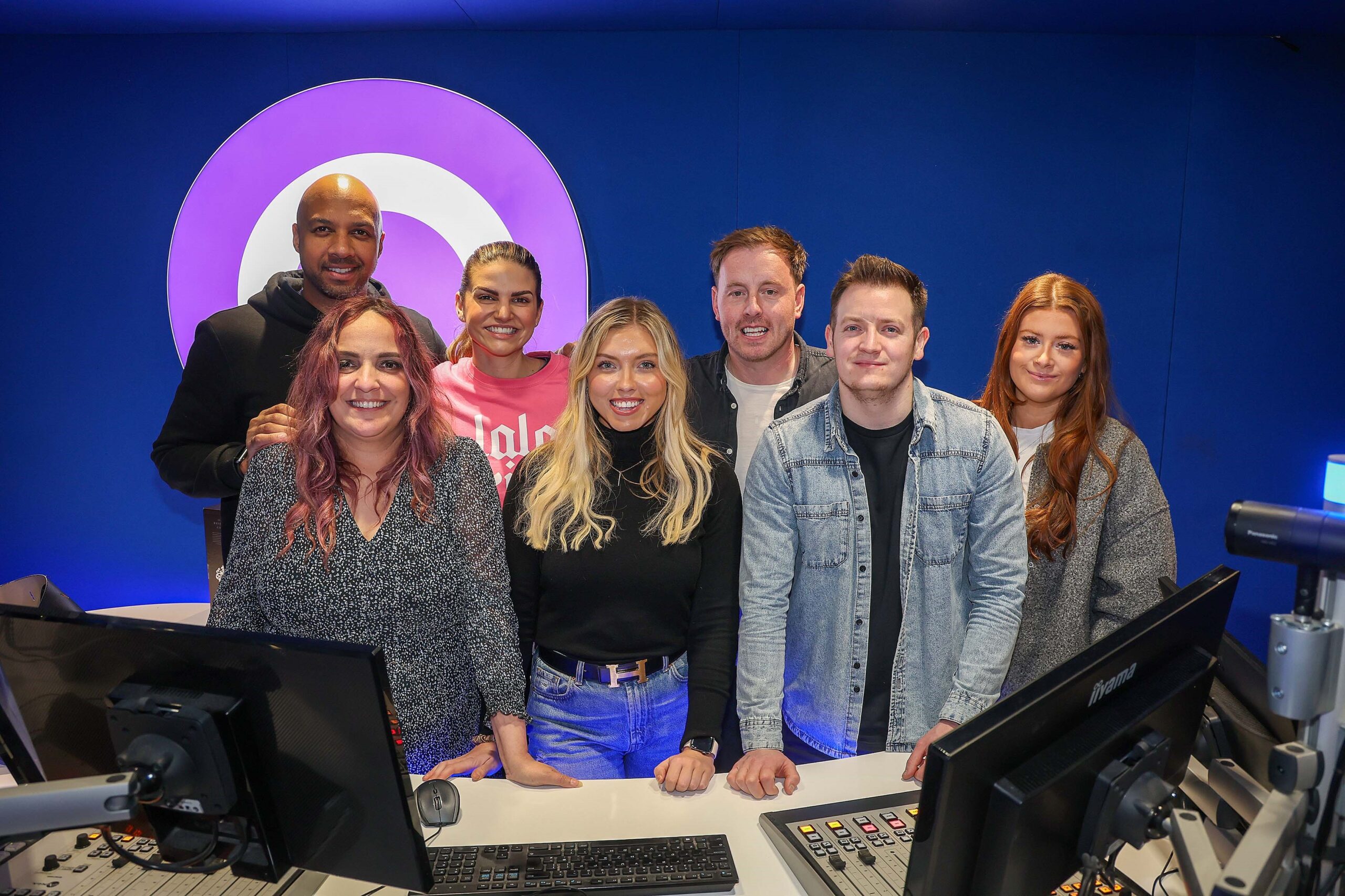Q Radio has reached a new high in the latest RAJAR (Radio Joint Audience Research) results published today, Thursday 16th May. The station has surpassed its previous record of 362,000 listeners, reaching a new peak of 370,000 weekly listeners – a year-on-year increase of 71.3%.
The radio industry’s official audience measurement survey also reported that over the past quarter, Q Radio’s total listening hours have increased from 2,068,000 to 2,484,000 and average listening hours from 5.9 to 6.7, demonstrating the loyalty of Q Radio’s listeners. This success has elevated the station’s market share to 8.2%, almost doubling from the previous year’s figure of 4.3%.
Within the stations target market of 25 to 44 year-olds, Q Radio is the only one of the six local stations to record increases in weekly reach, total hours and market share both quarter on quarter and year on year.
Welcoming the announcement, Sinead Cavanagh, Deputy CEO of IntoMedia Group, Q Radio’s parent company commented:
“These exceptional results highlight the importance of our ‘Big Personality, Big Reach’ proposition and reflect our continuous efforts in programming and promotion, which have significantly increased brand awareness, listening hours, and listener loyalty.
“I am delighted with the results. They mark a great start to 2024 and pave the way for the rest of the year. Looking ahead, we are determined to grow the station even further and continue proving our value to both our listeners and commercial advertisers. I’d like to thank our listeners for their unwavering support and loyalty. Their dedication and engagement drive us to continually improve and innovate our shows and station overall.”
Q Radio has retained its position as the number two commercial radio station for listeners, with the audience gap between Cool FM and Q Radio narrowing from 15 to 10 percentage points within the key target audience of 25 to 44 year-olds.
Overall, the RAJAR report highlights a positive trend for Northern Ireland’s commercial radio stations, with all experiencing a growth in average listening hours and the majority seeing a quarterly increase in percentage reach and market share.


